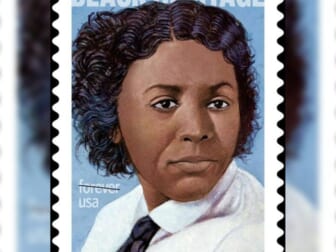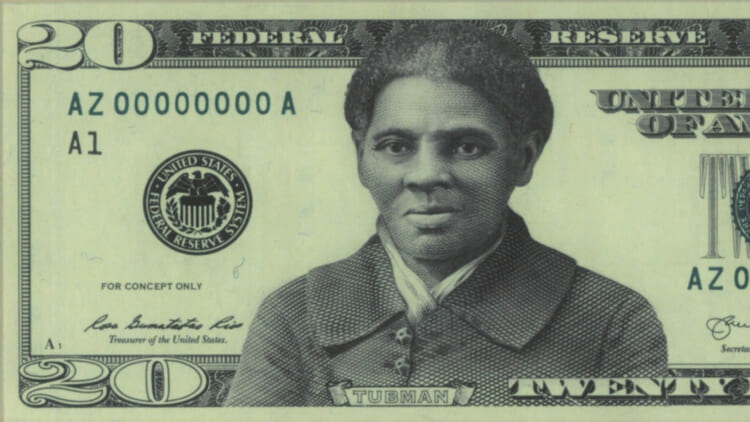
Contrary to the many speculations online, the Harriet Tubman $20 bill is on track to debut to the public in 2030. In an exclusively obtained internal Black History Month message sent from Treasury Secretary Janet Yellen to the entire department, Yellen reaffirmed the department’s commitment to ensuring that our currency is more inclusive in representation.
“We know that putting Dr. Angelou on the quarter is just the beginning of the work ahead to make our currency and coinage reflect the totality of the diversity of this country, including placing Harriet Tubman on the $20 bill,” Yellen said in the internal note. ‘This Black History Month – the third February of the pandemic – I believe that we as a Department, and as a country, are more cognizant of where we’ve been.”
In a flurry of excitement over the Maya Angelou quarters, many people questioned why a quarter was produced within months of being announced, while the highly anticipated Tubman $20 note is still not in circulation.
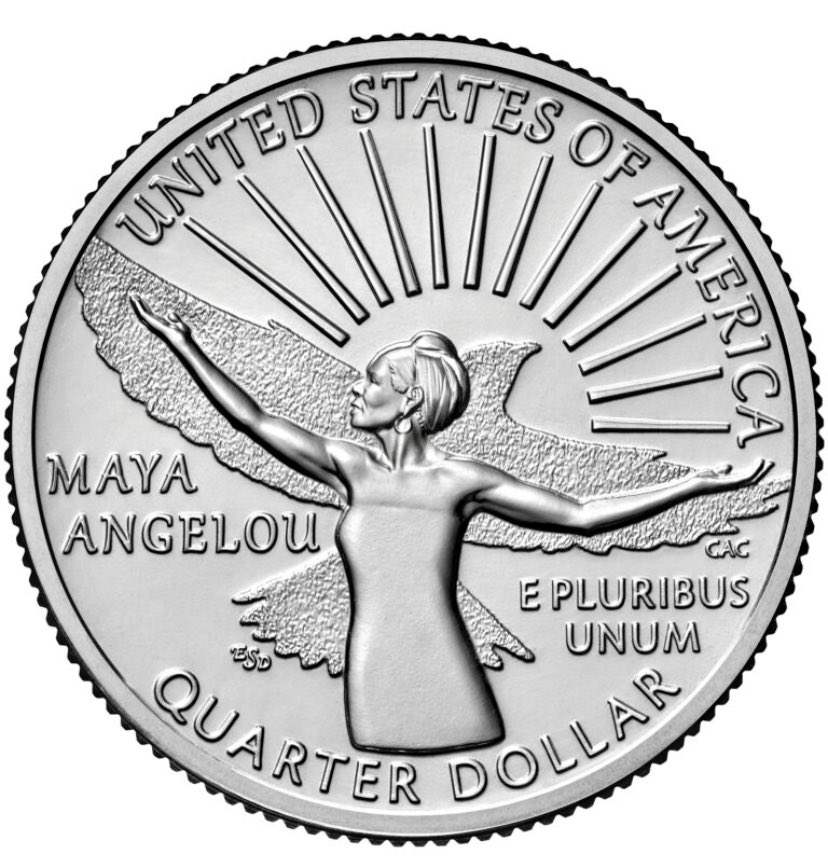
A Treasury official exclusively spoke with theGrio to go over the process. Now we’re breaking down how cash and coins are made in the United States and why you can get your hands on a Maya Angelou quarter, but still have a little wait for the Tubman bill.
The Obama Administration and the Advanced Counterfeit Deterrence (ADC) Steering Committee, which provides executive oversight and guidance on security features and design of Federal Reserve notes and ensures that the integrity of and confidence in U.S. currency is maintained, created a release schedule for the next family of monetary notes in 2013.
Every dollar bill is set to change in design by 2034, but each has a different projected release year — $10 (2026); $5 (2028); $20 (2030); $50 (2032); and $100 (2034).
During the Trump Administration, in 2018, the ACD Steering Committee recommended swapping the release dates for the $5 and $50 bills due to a threat assessment. The timeline for the $20 has stayed the same since 2013.
So why is the production time for coins and notes different? A quick answer, it’s a matter of how coins and currency are made, and domestic and international security.
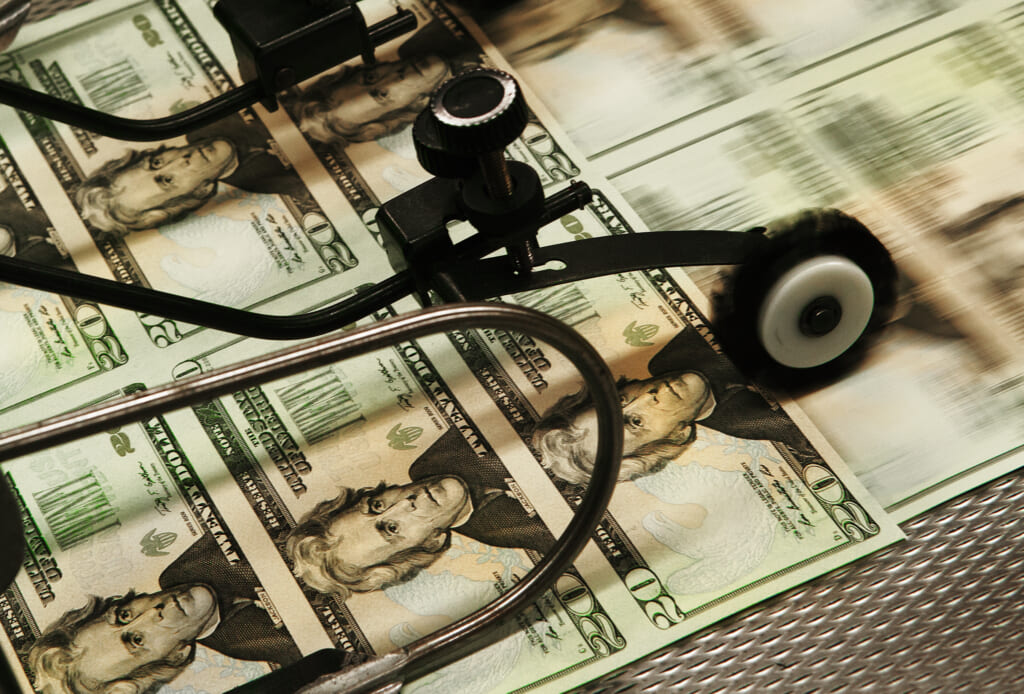
The main concern when new bills are printed is whether they are counterfeit proof. There’s a lengthy process that each dollar in your wallet has undergone to be in your hands and distributed at banks. On the other hand, the production of coins looks entirely different and is also carried out by a different federal entity — the United States Mint — while notes are made by the Bureau of Engraving and Printing.
Counterfeiting is not as much of a concern when coins are produced for multiple reasons: (1) The public and vendors have gotten very familiar with the quarter’s design changing due to the 50 states quarter program; (2) It’s expensive to try to reproduce coins due to its physical metal makeup; (3) There’s not a significant composition change to the design of a coin in comparison to a note.
For the most part, when a new coin is created the only thing that significantly changes is the image on the coin. When currency is changed, some fundamental aspects of the actual note are redesigned. And that therefore, increases the complexity of manufacturing the note and its actual acceptance during transactions.
Now let’s take a closer look at the production timeline of producing currency. The banknote redesign process involves several activities that occur at the Bureau of Engraving and Printing. First image and subject matter must gain approval. Then security features undergo research and development. From this point banknotes are designed and security features are acquired.
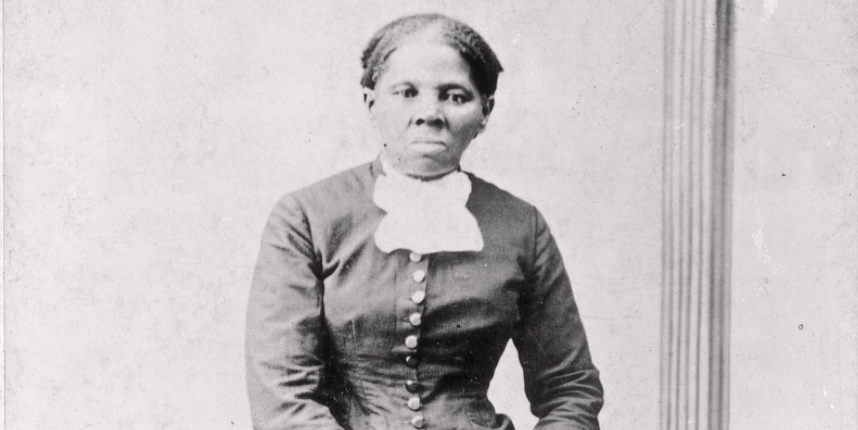
After the majority of the design process takes off, materials and equipment to begin physically making the note are secured. Production testing occurs shortly after, and includes assessments for domestic and international banknote machine readiness.
Once the note is physically ready, a public education campaign then takes place. This part of the process is crucial and also signals that the currency will be out within grasp roughly 18 months after public education begins.
Public education is another distinguishing feature to the production process that is not as vital to coin production. People don’t typically question the integrity of a quarter because the look and feel of it are consistent and familiar. However, the redesign of a bill and its new features must be introduced to vendors, banks and others so they have awareness of the authentication and security features of the new note.
Public education takes place domestically and internationally to ensure that when the United States dollar is used anywhere, there is assurance that it is the real mccoy.
So there you have it. The Harriet Tubman $20 bill is happening but the delay is due to procedural matters.
TheGrio is now on your TV via Apple TV, Amazon Fire, Roku, and Android TV. Also, please download theGrio mobile apps today!”
Source link
 Black America Breaking News for the African American Community
Black America Breaking News for the African American Community

